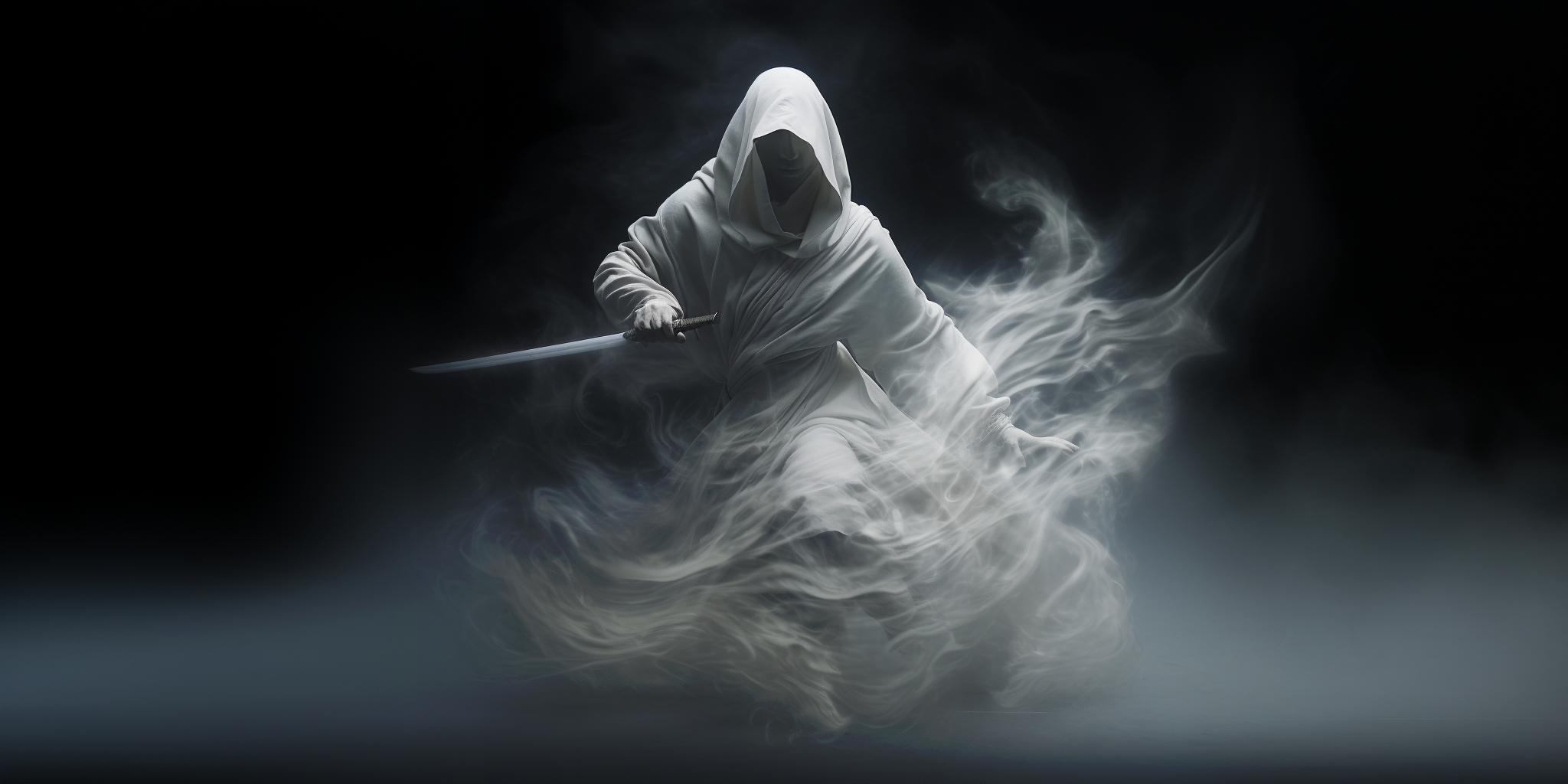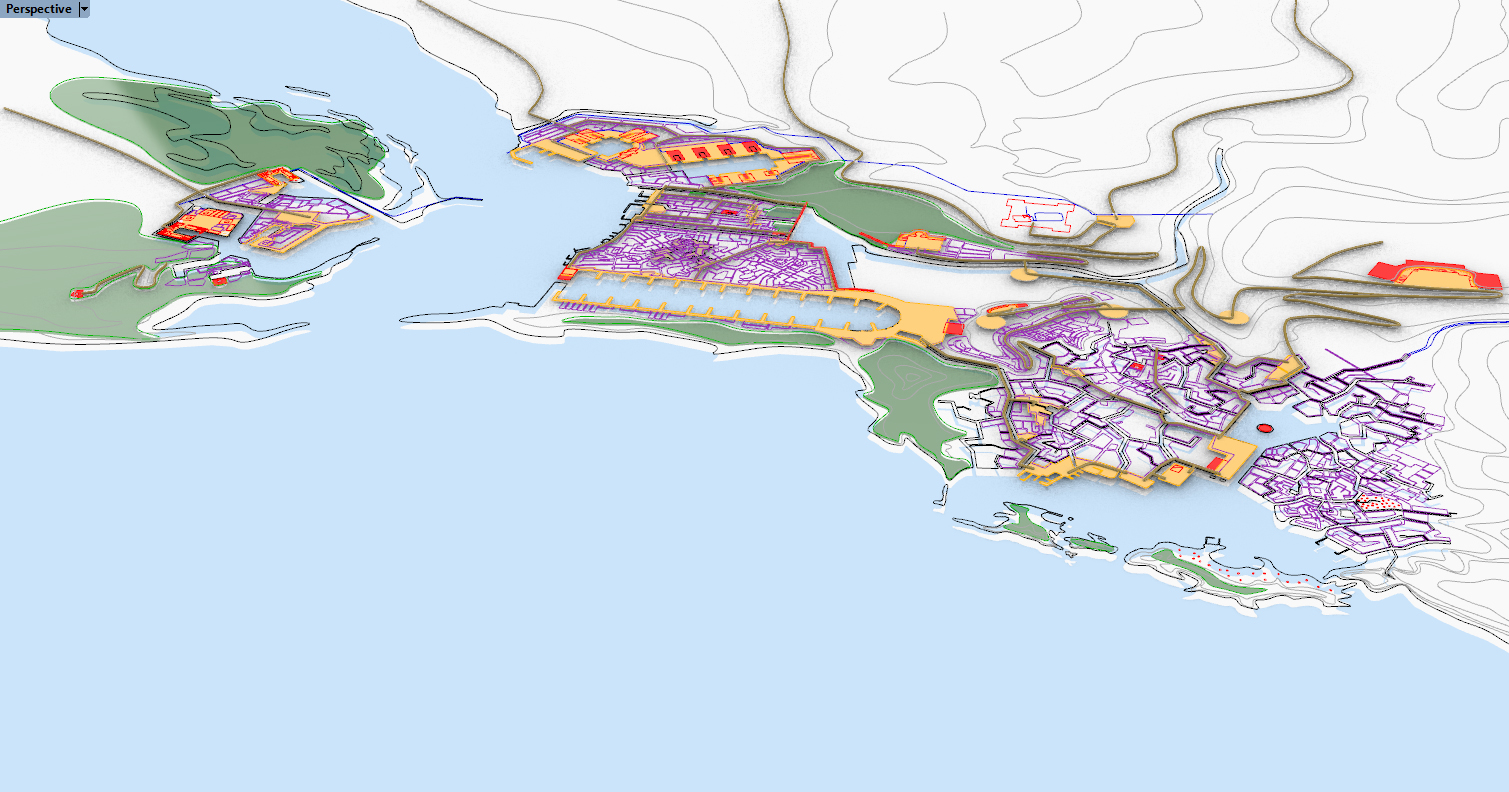The Doctrine of Eternal Waters
Also known as the Temple of the Divine Ocean or just Asteanic Polytheism.
The Asteanic people believe they originated from the Eternal Waters, an ancient realm of water from which they were once expelled. All Asteanic individuals are descendants of the ancestral deities, Bellaris and Regulla, and most of their other major deities as well. The majority of Asteans also adhere to the concept of Reincarnation, believing that after death, they are reborn as water elves (a concept difficult to prove or disprove).
What sets Asteanic religion apart is the absence of any gods associated with the creation of the world. Instead, they have adopted local creator deities when subjugating other lands. For instance, in Orenic lands, this has led to a syncretic religion known as the Cult of the 18 Gods, blending local creator deities with the Asteanic deities.
As the Orenic belief is that after death, all individuals merge into the Collective Spirit from which they were originally born, this has stirred up strife within the Asteanic community. The conflict has even spread throughout the entire Asteanic world. This concept is equally challenging to prove.
Old or Azurian deities complement the Thefna Asteanic pantheon, associated with natural forces and feared rather than worshipped. Azurian deities are regarded as demanding and hostile toward Asteans. The major Asteanic deities symbolize the Asteanic capacity to withstand those forces of nature.
Asteanic belief is that all Otherworldly beings are aspects of some deity. Aspects linked to their major deities are sometimes invoked and venerated. Special temples house some of these aspects, serving as significant pilgrimage destinations. Asteans also venerate numerous local lesser deities with whom they interact closely.
The official doctrine of the Temple of the Divine Ocean rejects the idea that anyone, even the aspects of the gods, can predict the future. Divination is considered heretical.
But in general, their religion is quite tolerant of other faiths. They recognize other nations’ gods as local deities, and when they settle in foreign lands, they also worship them. Only the monotheistic beliefs are foreign and incomprehensible to them.
While Asteans generally offer animals or material goods as sacrifices, it’s not unheard of for a human to be offered as a sacrifice before significant military campaigns or other extraordinary events. However, this tradition has almost died out, as many Astean people no longer tolerate this brutal tradition.
Asteanic polytheism and the priesthood of the Temple of the Divine Ocean support a complex, multi-caste social hierarchy through traditions and myths.
However, a deep rift exists in Asteanic culture when it comes to beliefs about the Concept of Collective Spirit and the Concept of Reincarnation. Both concepts acknowledge the same gods, but the central dispute revolves around what happens to the soul after death, leading to significant differences in their approach to traditions and the world.
Most Asteans believe in the reincarnation as water elves, a cornerstone of the Asteanic religion since its inception. Believers of the Concept of Reincarnation view themselves as superior to other nations, as only an Asteanic person can be reborn as a water elf when a proper waterfuneral is performed. As you can imagine, this raises the question of what happens if one parent is not Asteanic? This has led to complex debates among believers in reincarnation on whether the soul comes from the mother, the father, or both. Among the common people, there is a belief that one Asteanic parent is sufficient.
Additionally, believers in reincarnation regard ancestor spirits in the Otherworld as beings who failed on their life journey, not achieving rebirth, and becoming trapped in the spirit realm. Hence, the veneration of ancestors is not prevalent among them. Why worship a failed ancestor?
Supporters of the Collective Spirit Concept believe that after death, the souls of all the world’s people unite into one great Collective Spirit, from which all the world’s souls were originally drawn. This belief has led them to feel more equal to other nations, and they do not see intermarriage with foreigners as taboo.
There is also a significant difference in burial customs. Collective Spirit believers advocate cremation because they believe it helps the soul move on more effectively. The ashes are either interred in a necropolis with an urn or scattered. On the other hand, those who believe in the Reincarnation concept favour waterburials, where the deceased’s body, encased in concrete shoes, is submerged in the sea or another body of water to expedite rebirth as a water elf.
The view on ancestor spirits also varies. While they may not have succeeded in uniting with the Collective Spirit, they are believed to remain in the Otherworld to support and guide future generations.
In most Asteanic nations, the Concept of Collective Spirit is prohibited, and its practitioners are actively pursued by temples and theologians. However, it is relatively easy to conceal this belief since it is not directly observable, except for the burial traditions.


































